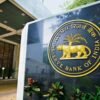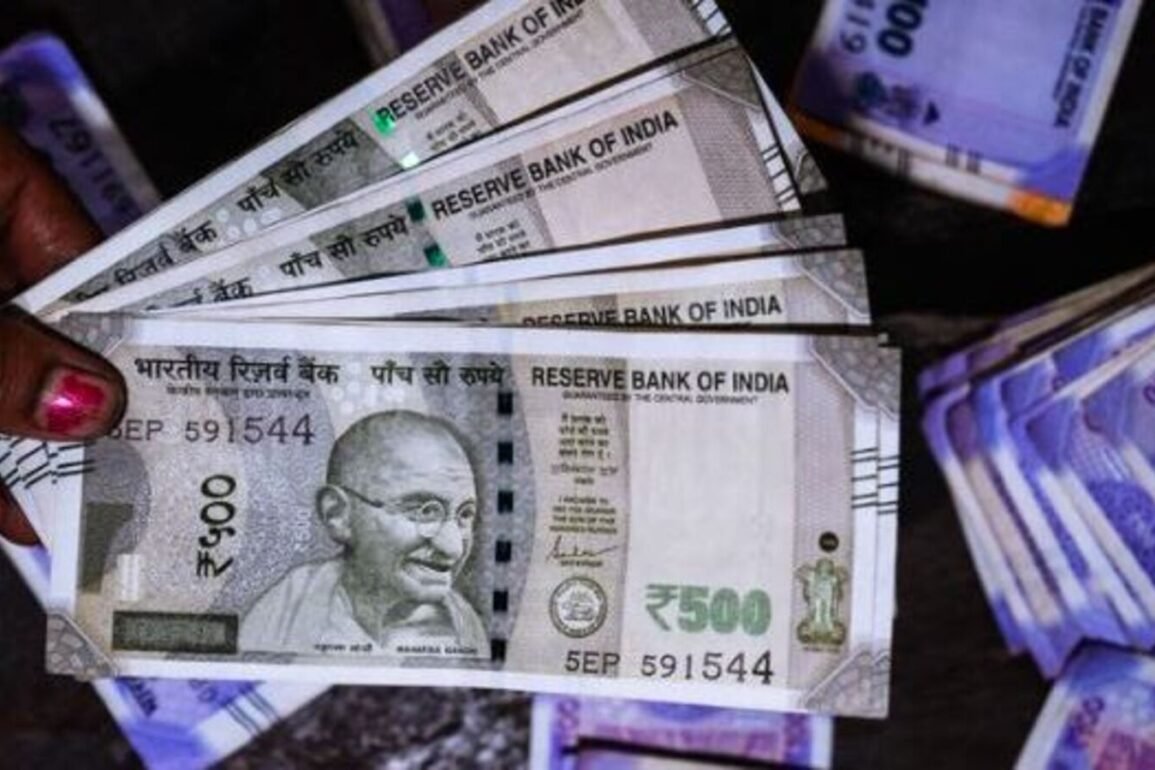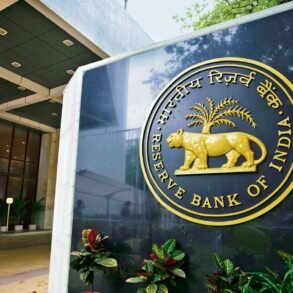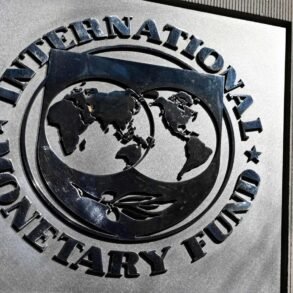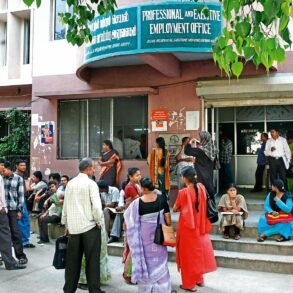Contrasting Monetary Situations in China and India
In the two most populous nations on earth, China and India, lenders are grappling with contradicting challenges regarding monetary and fiscal policies. Chinese creditors are awash with a surplus of inexpensive resources from the central bank; however, there is a standoff in loan applications. Indian banks, in contrast, are experiencing their most substantial expansion in a decade, yet they are starved for liquidity.
The Diverging Scenarios
While the efforts by Chinese authorities to jumpstart the economy with an infusion of up to 3 trillion yuan ($418 billion) of long-term cash catches global attention, finance experts are growing anxious about the deficit situation in India. Just a few months shy of the next general election, the current administration under Prime Minister Narendra Modi has scaled back on expenditure. This austerity measure is affecting lenders adversely.
It’s important to understand that the liquidity shortage in India may be intentional. At a 7%-plus economic growth rate, the country can afford to address inflation issues head-on before launching into a new investment spree post-elections. The reasonable assumption is that the existing government is aiming for an upgrade to India’s sovereign rating, which currently sits at the lowest rung of investment grade. Meanwhile, the monetary authority is seeking to boost its standing as a potent inflation combatant.
Effects on Indian Banks
This overall frugality is hurting Indian banks. Poor quarterly results from HDFC Bank, the largest lender in India by market value, led to it being the weakest performing stock on the benchmark Nifty Index this month. The 5% dip in the BSE Bankex index since December has highlighted a near-$40 billion liquidity deficit in the banking system.
Evaluating the Impact of Elections
The forthcoming elections could exacerbate the banking sector’s financial strain. The 2019 poll saw politicians spend $9 billion, primarily in hard currency, during its run-up. This substantial cash outflow took several months to flow back into the banking system, imprinting a significant dent in lenders’ resources.
The Central Bank’s Role in Liquidity Situation
India’s central bank, Reserve Bank of India (RBI), also plays a significant role in the country’s liquidity crisis. The RBI would face pressure to lower interest rates once the US Federal Reserve does the same. However, RBI’s tightening hasn’t fully permeated the Indian economy yet, raising questions about its commitment to achieving a 4% inflation rate.
The central bank is hesitant to alleviate the current liquidity shortage. It wants banks to pay more for funds while charging more on loans to complete the transmission of higher policy rates. This approach risks pushing more unsecured consumer loans out the door, potentially leading to a concentration risk.
Comparison with Chinese Banks
Indian banks’ price-to-book value of 1.8 vastly surpasses the multiple of 0.4 for their Chinese counterparts. This difference, largely tied to their respective economic conditions, is understandable. Mainland Chinese banks face stiff competition with the pressure on profits amid the turmoil in the housing market.
Ignoring external factors, both countries exhibit a growing concern for their banking environments if these monetary pressures continue unabated. Banks in both nations might find their growth hindered and their profitability threatened.


